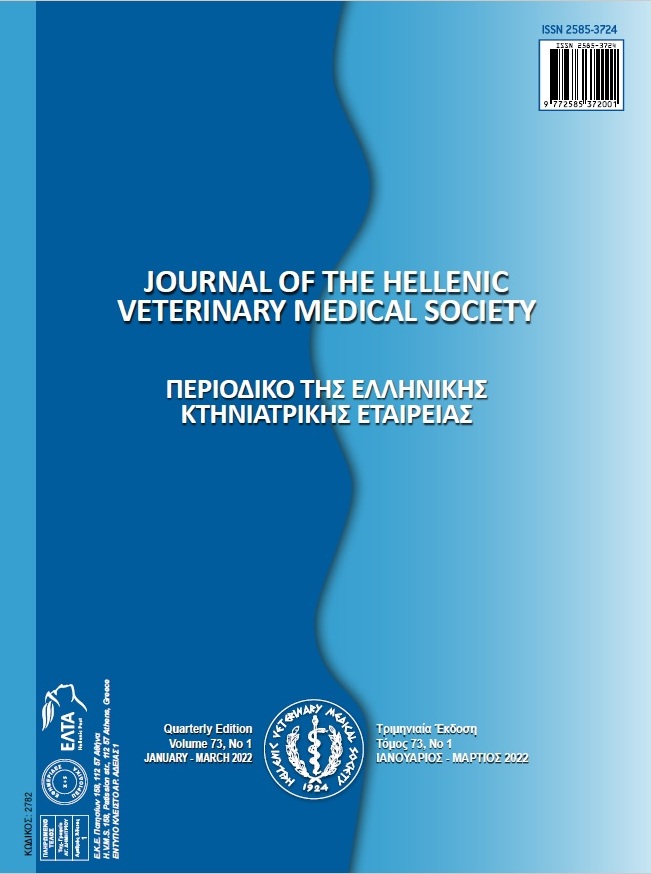Antibacterial activity of cinnamon oil against multidrug-resistant foodborne pathogens and anti-quorum sensing potential

Abstract
The antimicrobial resistance due to Salmonella and other foodborne pathogenic microorganisms, witnessed in recent years, has become a significant health concern. Bacteria use chemical signals to communicate each other and regulate their behavior including virulence. Depending increased antibiotic resistance, new drug development strategies being investigating and the usability of active ingredients of various medicinal and aromatic plants is especially tested as an alternative. The aim of this study was to determine the anti-quorum sensing (QS) activity of cinnamon oil (CO) on pigment production of Chromobacterium violaceum and to evaluate antibacterial activity against multidrug resistant (MDR) S. enterica serotypes. Anti QS activity was tested using biosensor strain and antibacterial activity was determined by microdilution method according to EUCAST standards. CO was found effective on QS mechanisms of Chromobacterium violaceum with pigment inhibition. Nineteen foodborne pathogens isolated from different poultry/cow sourced foods and serotyped as S. enterica serovar Infantis (15), Kentucky (1), Newport (1), Telaviv (1), and Typhimurium (1). S. enterica Infantis strains were found resistant to three or more antibiotics and categorized as MDR. The results concluded that CO has strong antibacterial activity against all S. enterica serotypes with MIC between 0.125 µg ml-1 and 1.0 µg ml-1. This research demonstrates CO is a potential candidate for developing new antimicrobial agents, antiseptic solutions or natural food preservatives against MDR Salmonella isolates also a potential as an anti-QS agent.
Article Details
- Come citare
-
Kiymaci, M. E., Kaskatepe, B., & Soyer, Y. (2022). Antibacterial activity of cinnamon oil against multidrug-resistant foodborne pathogens and anti-quorum sensing potential. Journal of the Hellenic Veterinary Medical Society, 73(1), 3707–3714. https://doi.org/10.12681/jhvms.25514
- Fascicolo
- V. 73 N. 1 (2022)
- Sezione
- Research Articles

Questo lavoro è fornito con la licenza Creative Commons Attribuzione - Non commerciale 4.0 Internazionale.
Authors who publish with this journal agree to the following terms:
· Authors retain copyright and grant the journal right of first publication with the work simultaneously licensed under a Creative Commons Attribution Non-Commercial License that allows others to share the work with an acknowledgement of the work's authorship and initial publication in this journal.
· Authors are able to enter into separate, additional contractual arrangements for the non-exclusive distribution of the journal's published version of the work (e.g. post it to an institutional repository or publish it in a book), with an acknowledgement of its initial publication in this journal.
· Authors are permitted and encouraged to post their work online (preferably in institutional repositories or on their website) prior to and during the submission process, as it can lead to productive exchanges, as well as earlier and greater citation of published work.


